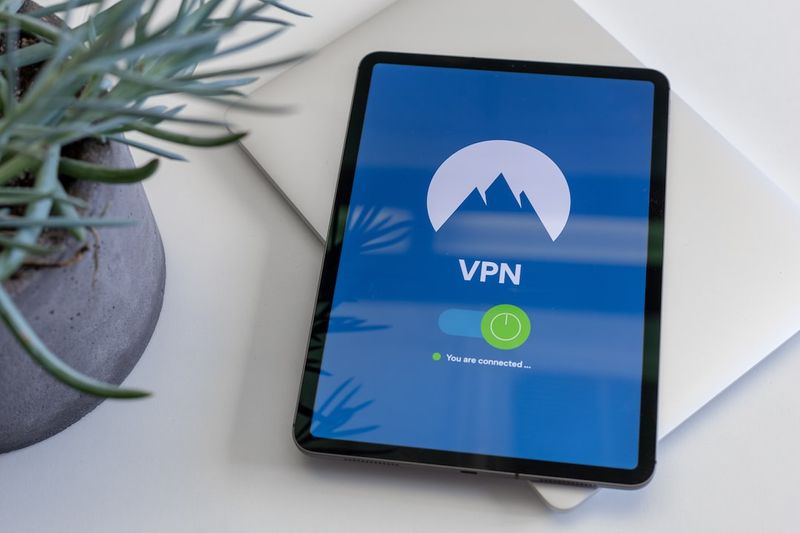Cybersecurity and the Importance of External Attack Surface Management
In today’s digital world, the ever-increasing threat of cyber attacks has made cybersecurity a crucial concern for organizations across the globe. As businesses continue to embrace digital transformation and rely on interconnected technologies, the complexity of securing their networks and systems has grown exponentially. One area of particular importance in mitigating the risk of cyber attacks is external attack surface management.
The Emergence of Security Performance Management (SPM)
In recent years, a new discipline called security performance management (SPM) has emerged to better secure the attack surface and protect organizations from external threats. Greg Keshian, the Senior Vice President & General Manager of BitSight‘s Security Performance Management line of business, has been at the forefront of this emerging field.
SPM focuses on monitoring and assessing an organization’s security posture by continuously analyzing its external attack surface. This includes identifying vulnerabilities, assessing risks, and providing actionable insights to improve the overall security posture. By adopting SPM practices, organizations can gain a comprehensive understanding of their exposure to cyber threats and take necessary measures to mitigate them.
Major Catalysts Affecting Attack Surfaces
Keshian enumerates several major catalysts that can significantly impact an organization’s attack surface. These include:
1. Digital Transformation:
In the era of digital transformation, organizations are increasingly relying on cloud infrastructure, IoT devices, and third-party applications to streamline their operations and increase productivity. While these technologies offer numerous benefits, they also expand the attack surface, leaving organizations more vulnerable to potential breaches and cyber attacks.
2. Remote Workforce:
The COVID-19 pandemic has accelerated the adoption of remote work, leading to a distributed workforce accessing critical systems and data from various locations. This shift introduces additional security challenges, as employees may connect through unsecured networks or use personal devices that lack proper security measures. Cybercriminals have exploited these vulnerabilities, making it crucial for organizations to secure their attack surface in this new remote work paradigm.
Governance Frameworks and Organizational Compliance
To ensure organizational compliance with state and federal laws regarding cybersecurity, governance frameworks play a vital role. These frameworks provide a set of guidelines and best practices for organizations to follow in order to achieve and maintain a secure attack surface.
By incorporating governance frameworks into their cybersecurity strategies, organizations can establish robust security policies, implement regular risk assessments, and ensure adherence to compliance requirements. This proactive approach helps organizations avoid legal consequences, reputational damage, and financial losses resulting from cybersecurity incidents.
Editorial: The Urgency of Enhancing Attack Surface Security
The rapidly evolving cybersecurity landscape demands that organizations prioritize the enhancement of their attack surface security. The repercussions of a successful cyber attack can be severe, ranging from financial loss to compromised customer data and damage to a company’s reputation. Therefore, it is crucial that businesses stay ahead of cyber threats and employ effective strategies to protect their attack surface.
The field of security performance management offers a promising avenue for organizations to bolster their cybersecurity defenses. By adopting SPM practices, organizations gain real-time visibility into their attack surface, enabling proactive identification and mitigation of vulnerabilities. Continuous monitoring and assessment of the attack surface are key to staying one step ahead of cybercriminals.
Advice: Mitigating Problems in External Attack Surface Management
Based on Greg Keshian’s expertise, here are some essential steps organizations can take to mitigate problems in external attack surface management:
1. Continuous Monitoring:
Implement robust monitoring systems to regularly assess the organization’s attack surface. This includes monitoring network traffic, endpoint activity, and third-party integrations. Continuous monitoring helps detect anomalies and identify potential vulnerabilities before they can be exploited.
2. Vulnerability Assessments:
Conduct regular vulnerability assessments to identify weaknesses in the organization’s attack surface. Stay up to date with the latest security patches and ensure that vulnerabilities are patched promptly. Consider leveraging automated tools and partnering with cybersecurity experts to conduct thorough assessments.
3. Employee Education and Awareness:
Invest in comprehensive cybersecurity training programs to educate employees about the importance of secure practices. Promote awareness of common attack vectors such as phishing emails and social engineering techniques. Encourage employees to report suspicious activities promptly.
4. Third-Party Risks:
Assess the security posture of third-party vendors and partners who have access to your organization’s systems and data. Establish strict security requirements for third-party integrations and regularly evaluate their compliance. Implement strong contractual agreements that include specific security obligations and incident response protocols.
5. Incident Response Planning:
Develop and regularly update an incident response plan to mitigate the impact of potential cyber attacks. This plan should include predefined roles and responsibilities, communication channels, and steps to contain and remediate incidents. Regularly test and refine the plan through simulated exercises.
As the threat landscape continues to evolve, organizations must stay vigilant and proactive in managing their attack surface. By implementing security performance management practices and adhering to robust cybersecurity strategies, businesses can strengthen their defenses and mitigate the risks associated with cyber attacks.

<< photo by Petter Lagson >>
The image is for illustrative purposes only and does not depict the actual situation.
You might want to read !
- Data-Driven Defense: Unleashing the Power of Normalyze to Enhance Cloud Security
- Safeguarding Mobile Users: Defending Against Nation-State APT Attackers
- Israel and US Collaborate to Boost Critical Infrastructure Cybersecurity
- Bolstering Cyber Defense: Protecting Critical Infrastructure from Growing Threats
- The Strategic Partnership Between OX Security and IBM Ventures: Exploring the Future of Cybersecurity




